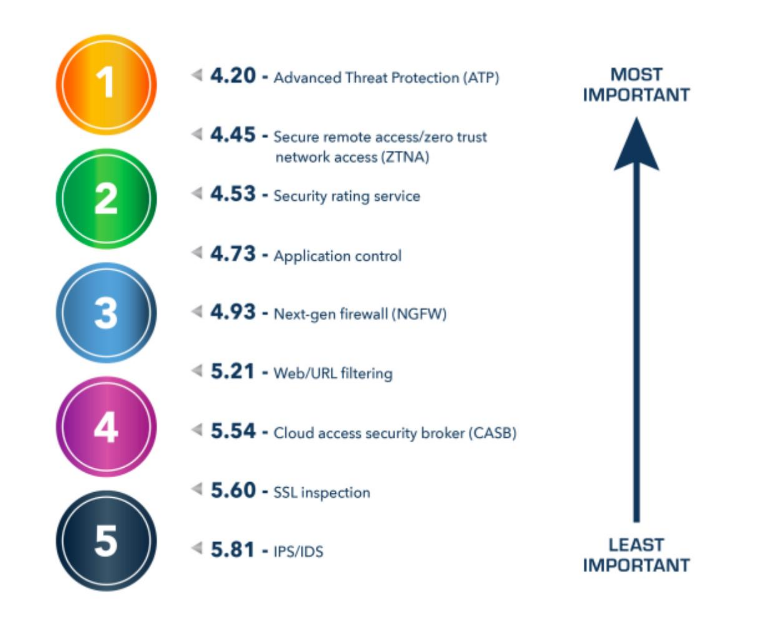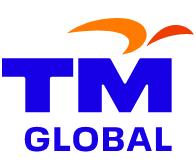If your organisation is among the hundreds planning to leverage SD-WAN, you have come to the right place. Learn how to spot SD-WAN-washing, the different models to adopt SD-WAN, and what to look out for in a prospective SD-WAN managed service provider.
In 2020, 43% of businesses globally said they installed software-defined wide-area networks (SD-WAN) on part of their network.
What is wrong with this number?
Nothing.
Except that it does not offer the full picture.
In 2018, only 18%, less than half, said they used SD-WAN on their network. And by 2026, SD-WAN adoption is expected to cover 92% of companies—double the 2020 figure.
Now you really get a sense of the momentum with which SD-WAN is being adopted.
And it is a phenomenon that is crossing industry lines. Look at how different industries are taking to SD-WAN.
Sectors Reporting Increased Adoption of SD-WAN
| Construction/Engineering | 56% |
| Retail/E-Commerce | 49% |
| Consulting/Business Services | 49% |
| Healthcare/Medical | 47% |
| High Tech | 46% |
| Manufacturing | 43% |
| Financial Services | 43% |
| Legal | 33% |
Source: State of Disruption 2021
If your organisation is one of the many planning on adopting SD-WAN, here are a few pointers to help you along your way.
Watch Out for SD-WAN Washing
The meteoric rise of SD-WAN has resulted in many technology providers making inaccurate claims that their offerings include SD-WAN. To be clear, to be part of the SD-WAN club, a product/service must have these characteristics:
Virtualised Control: The ability to separate the control plane from the data plane and create an overlay that can flexibly command underlying physical network infrastructure.
Centralised Management Using Policy: The ability to create policies centrally and implement them on all appropriate SD-WAN devices for greater consistency and efficiency.
Orchestrate Centrally: The ability to optimise network performance centrally, and route traffic over the best physical connection, based on cost, experience and security.
Zero-touch Provisioning: The ability to configure and provision edge devices remotely, shrinking the amount of time and errors that result from manual interventions.
TM’s Global SD-WAN offering addresses all four criteria, enabling it to meet the needs of customers completely.
Choose the Best Deployment Option
There are three ways to deploy an SD-WAN: DIY (Do-it-Yourself), Co-Managed, and Fully-Managed.
As the name implies, in a DIY model, internal IT and networking resources take full responsibility for provisioning, managing, optimising, and troubleshooting an SD-WAN implementation. While some organisations opt for this strategy, it is not the most popular, and is typically seen among organisations opting for simpler hub-and-spoke architectures, versus more complex full mesh topologies. Another option the co-managed model, in which both internal teams, and staffers from a managed provider, share the job of running an SD-WAN,
Managed SD-WAN deployments are more common. According to a survey by consulting firm, Altman Solon, “only 23% use a do-it-yourself solution and 77% use a fully managed or co-managed solution. Moreover, 48% of those using a co-managed service expect to offload more of their IT work to their partners.”
What is behind this preference? Primarily, the complexities of standing up and operating an SD-WAN. A full 76% of enterprises surveyed by Altman Solon say their networks have become more complex and that they do not have the internal skills to manage them.
Some challenges include assessing the readiness of on-premises networking equipment, figuring out how breakout traffic from the branch to the Internet will be secured, and diving deep into quality-of-service settings to maximise traffic shaping and path control capabilities, for instance.
In a deployment where a managed service provider (MSP) has full ownership, all these challenges, and more, are outsourced.
TM WHOLESALE—the global and wholesale business arm of Telekom Malaysia Berhad (TM)—has a fully-managed service, for example, which takes care of an SD-WAN deployment from end-to-end, across its lifecycle. TM WHOLESALE has the professional services to consult and design a network and experts to source, deliver, monitor, and optimise an SD-WAN, complete with a 24x7 contact centre and local field support. It can also streamline the process of ensuring local Internet breakout traffic is secured.
Managed service providers have the best practices to accelerate the time-to-value of a SD-WAN initiative, and are better placed to solve unique, company-specific challenges
Key Criteria in Selecting an SD-WAN MSP
It can be hard for enterprise decision-makers to decide who to partner with, given how critical SD-WAN success is to an organisation’s digital transformation agenda, and the mushrooming number of providers.
Using some of the pointers outlined here, it is easier to separate the wheat from the chaff—the real SD-WAN providers, from the SD-WAN imposters.
Shortening this short-list is tricker and depends on the specific needs of your organisation. But there are some thumb-rules that can help weed out technology providers not aligned to your needs.
Look for providers that:
Offer great security. As security and networking increasingly merge, and more enterprises aim to adopt SASE (Secure Access Service Edge) principles, the ability of an SD-WAN to integrate security is ever more important.
Providers such as TM WHOLESALE, for instance, embed security features into its SD-WAN offering. TM WHOLESALE’s enhanced security suite includes firewalls, intrusion prevention system (IPS), URL-filtering and cloud security, among others.
According to the State of SD-WAN whitepaper from Altman Solon, security; and reliability and performance are the top key purchase criteria for SD-WAN managed services.

Source: State of SD-WAN
Here are some of the security features enterprises are looking for, ranked in order of importance.
Source: 2021 SD-WAN Managed Services Survey
Have service portals: Customer portals and analytics are critical components of a co-managed model. They allow network teams to monitor their networks, tweak controls, adjust configurations, and extract insights from analytics to optimise performance or head-off potential challenges.
TM WHOLESALE offers SD-WAN dashboards and advanced analytics which allow you to monitor the overall health of your SD-WAN network, as well as view statistics and reports related to SD-WAN features.
According to Futuriom, 78% of network teams say, “co-management and self-service customer portals are key features of an SD-WAN managed services offering.” The report also adds: “This is an area where SD-WAN MS (managed service) will be quickly differentiated. The capability to offer dynamic customer portals and management interfaces complete with analytics will be key to winning SD-WAN services.”
Are Cloud Ready: More enterprise workloads are being migrated to hybrid and multi-cloud environments and it is essential that SD-WAN managed service providers can ease this transition.
In fact, Futuriom’s survey points out that it is the second most important feature enterprise buyers are studying when deciding on an SD-WAN partner.
The Most Important Features in an SD-WAN Managed Service Offering
With TM WHOLESALE, this is not a challenge. Organisations can leverage TM WHOLESALE’s global private network and Cloud-on-Ramp capabilities for improved network performance, especially of SaaS services such as Microsoft Office 365 and Salesforce.
Double-clicking on each of these capabilities will give you a sense of the granularity that a service provides—an important factor in decision making. For example, do all the points of presence (PoPs) a service provider offers have the same capabilities? Sometimes not all the PoPs on an impressive map will have the same security capabilities.
Remember, not all SD-WAN offerings are equal. TM’s Global SD-WAN, for example, offer extensive coverage—over 190 countries—and support various network topologies, including hub-spoke, full mesh, partial mesh. TM WHOLESALE can also offer a range of connectivity types—ranging from 1 Mbps to 10Gbps—including broadband Internet, dedicated Internet access (DIA), mobile LTE, IPVPN, satellite, and global private meshed backbone. Additionally, it has a BYOC (Bring Your Own Connectivity) option.









